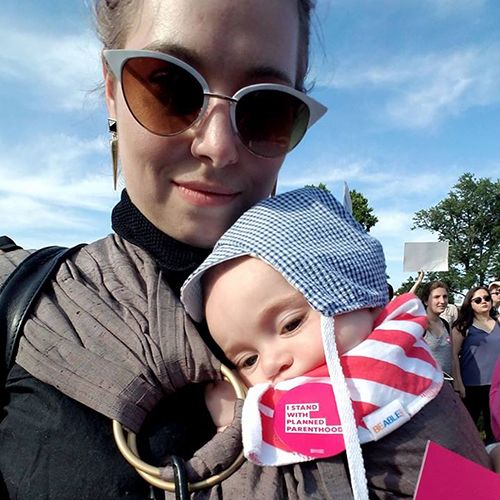Read time: 4 minutes
Google just rolled out a new change to its advertising policy that will affect nonprofits working in a vast array of issue areas. We believe this new policy will cause a lot of unintended damage to nonprofits (which we’ll get to in a bit)—but good or bad, the changes are big, and campaigns and nonprofits need to prepare for what’s coming.
Hot on the heels of Twitter’s recent (and equally problematic) ban on political ads, the move means big changes for organizations running political or electoral ads on YouTube, Google Search, and their display platform DV360. It also (sort of) defines what Google means by “political or electoral ads.”
The short of it is that any ad that references candidates, parties, or specific ballot propositions OR has “political content” will be defined as “political affiliation,” and will miss out on some of the most important targeting tools we currently use to reach nonprofit audiences.
You can read the details straight from the source here, (and we’ve summarized them down below the fold).
Will these changes make things better?
The goal is ostensibly a good one—to stop the spread of misinformation campaigns like the ones that ran rampant across these platforms in the lead-up to the 2016 election.
But there’s a major problem: much of the content this policy is trying to prevent (say, a video fueling anti-gun control conspiracy theories) has a far greater reach organically, either via the algorithm or people sharing on their own, than it does through targeted ad buys.
The real impact of these policies will be to make it much, much harder for organizations and campaigns to reach the people who might be most interested in or engaged by their work—especially people in demographics underrepresented in traditional targeting buckets like age or geography. These tools have powered incredibly effective and important campaigns—like showing YouTube and display ads to people who have recently visited a nonprofit’s website, or showing voter registration ads to unregistered voters. For many organizations, this change will mean more time and dollars spent trying to reach the audience most likely to care about their work, and less time and dollars to move those people to action.
There is a subtler danger as well: the line of what is considered a “political” ad is murky and mutable. In other countries with similar restrictions, we’ve even seen ads focused on raising money for a non-partisan refugee organization shut down because supporting refugees had become a campaign issue for some candidates. As former Google staffer Jeffrey Webb put it in a recent article for The Atlantic,
If a newspaper promotes an op-ed by a columnist arguing that President Donald Trump is unfit for office, is that a political ad? If a movie studio run by a left-wing billionaire pays for ads promoting a hagiographic documentary about an up-and-coming progressive candidate, is that a political ad? If an eco-friendly brand such as Patagonia runs an awareness campaign about conserving the environment and fighting climate change, is that a political ad?
That decision will be up to Google on a case by case basis, and it’s a line that seems nearly impossible to draw consistently, fairly, and objectively. Issues that are considered political under the current system include abortion access, gun control, and climate change, and it’s a list that is sure to grow and change in the weeks to come.
What does it mean for you?
If you’re running ads that fall under these new restrictions, you have a few weeks to reassess your strategy. One piece of good news? While Google is certainly a huge part of the ads ecosystem, it’s not the only game in town—we have other tools and channels to help reach our audiences, and a healthy and strategic ads program will take advantage of all of them.
But there are rumblings that Facebook could be considering something similar, and we’re making sure they hear from us just how devastating a policy like this would be for non-profit organizations and political campaigns doing vitally important work next year.
Are your teams having these conversations? Let us (and Facebook) know how you’re feeling about these changes @mrcampaigns.
Want to get in the weeds on what is changing? Here’s the rundown:
Starting December 3:
- Any ads that reference state elections, ballot initiatives, and federal/state political parties will now be defined as electoral ads, and subject to the same registration and transparency reporting as currently-defined electoral ads. Ads that do not mention a candidate, party, or specific ballot proposition BUT have “political content” will be defined as “political affiliation” ads.
Starting January 6:
- Electoral ads can now ONLY target by age, gender, geography (down to zip), and contextual targeting (placement, keyword, and topic targeting—e.g. showing an ad about supporting refugees through the winter to people reading an article about the refugee crisis). Off-limits: political affinity lists and custom and lookalike audiences for any ads that fall into these categories—some of the most effective tools for reaching key audiences.
- Similarly, political affiliation ads are limited to targeting by age, gender, geography (down to zip), and contextual targeting (placement, keyword, and topic targeting). The big difference is that political affiliation ads (in contrast to electoral ads) are still allowed to use affinity audiences and some demographic targeting.



